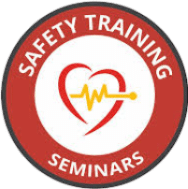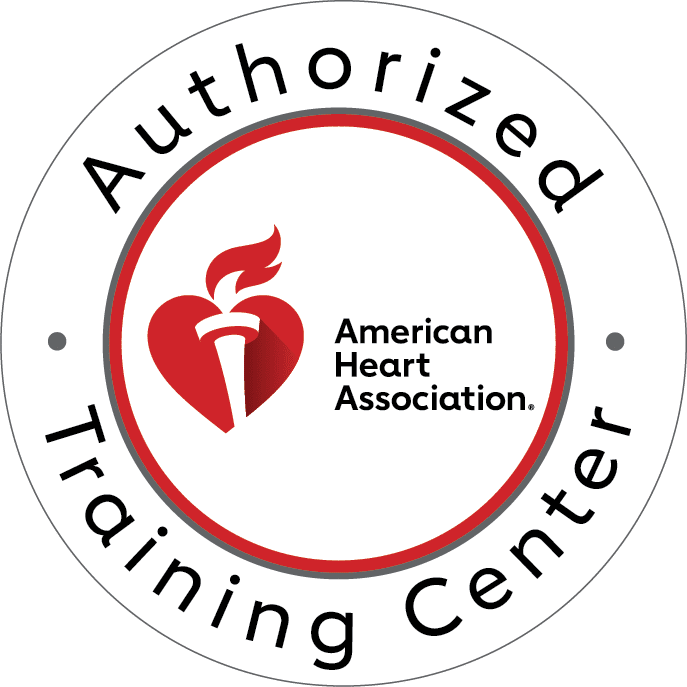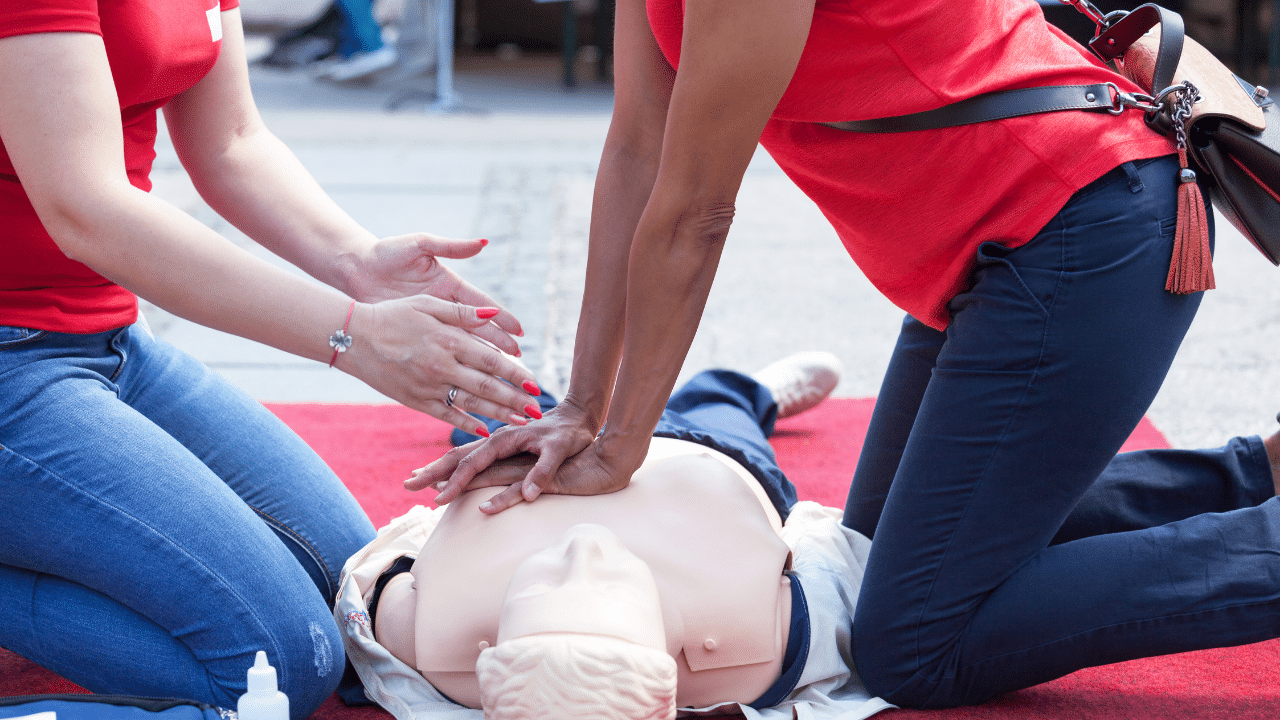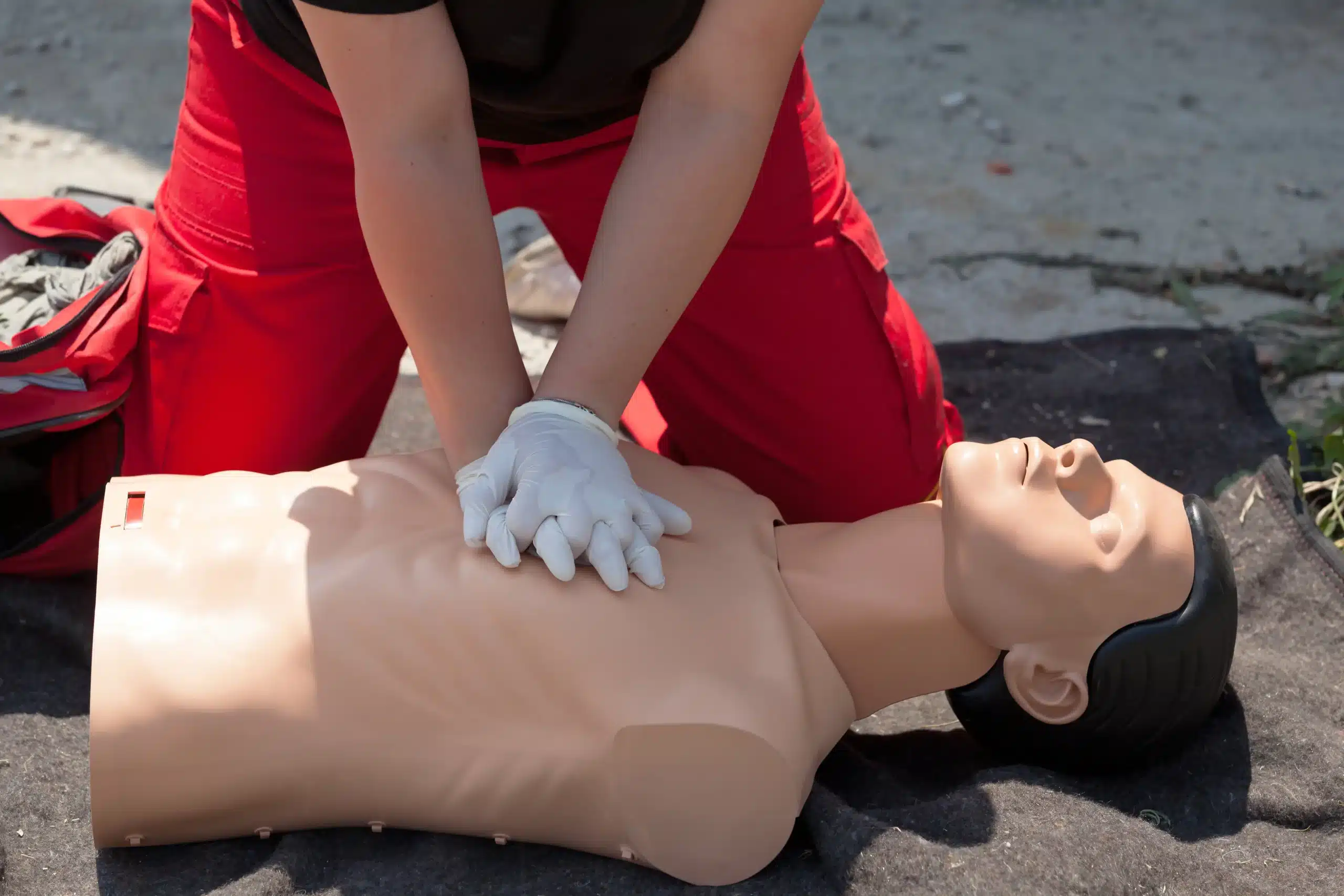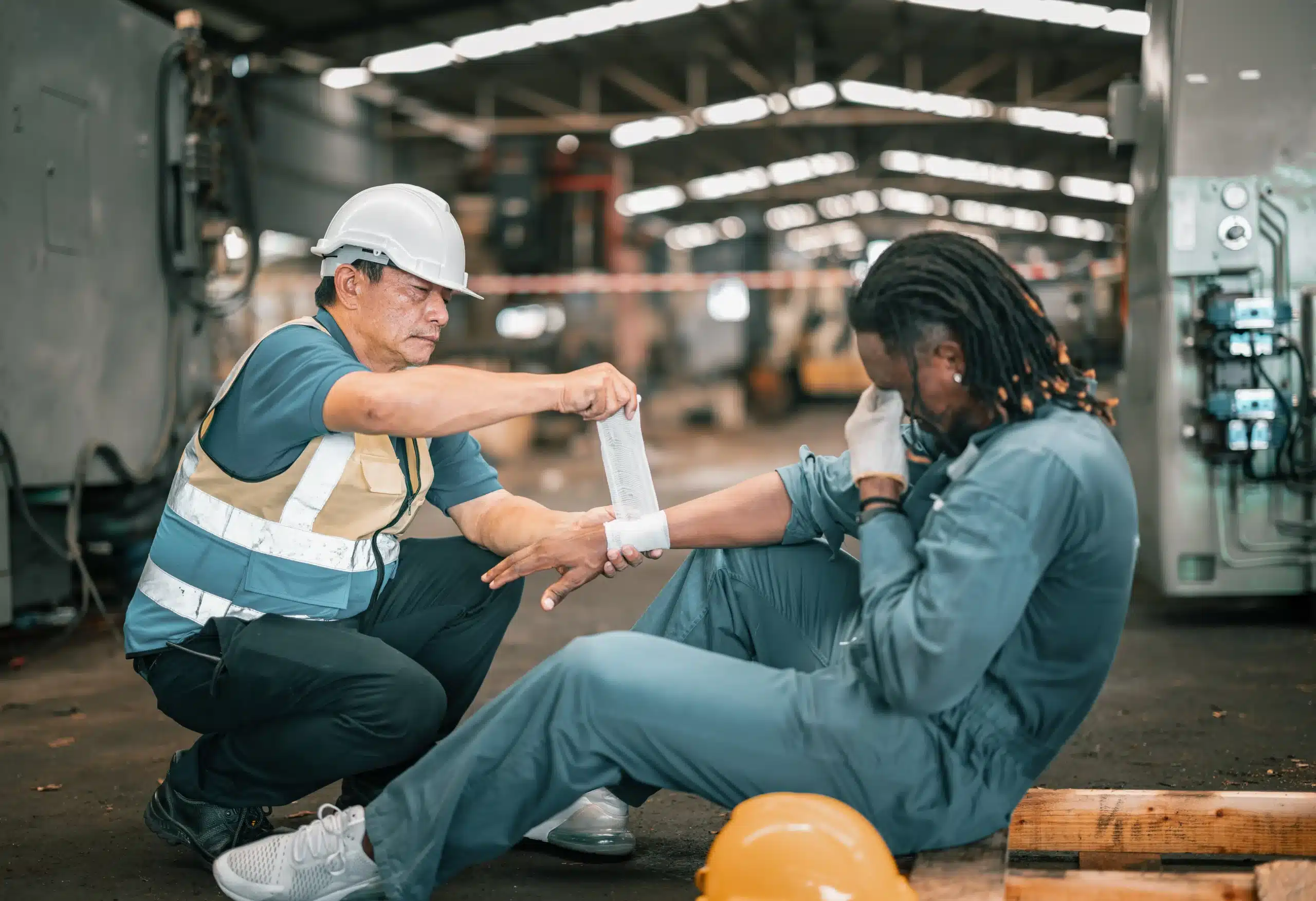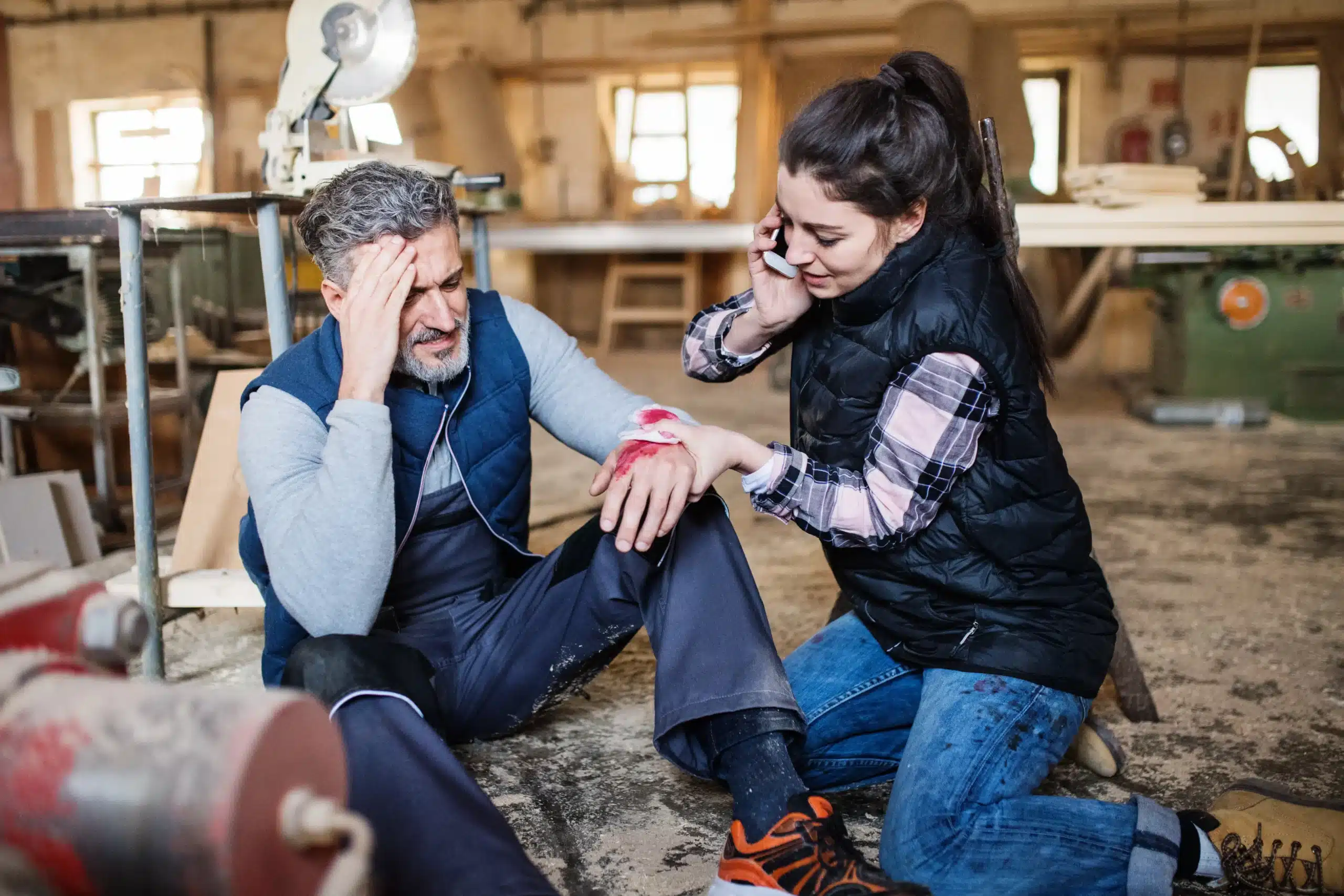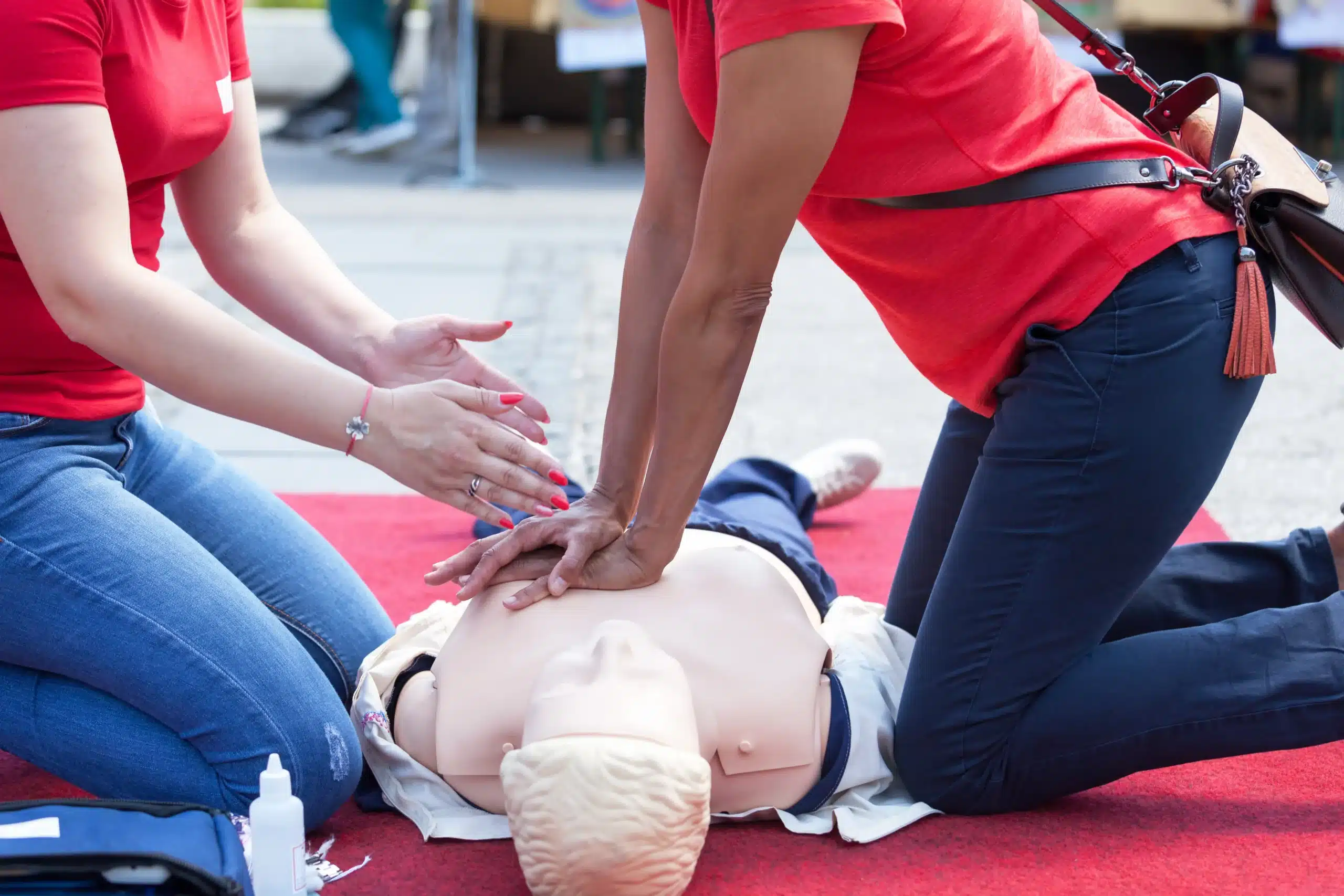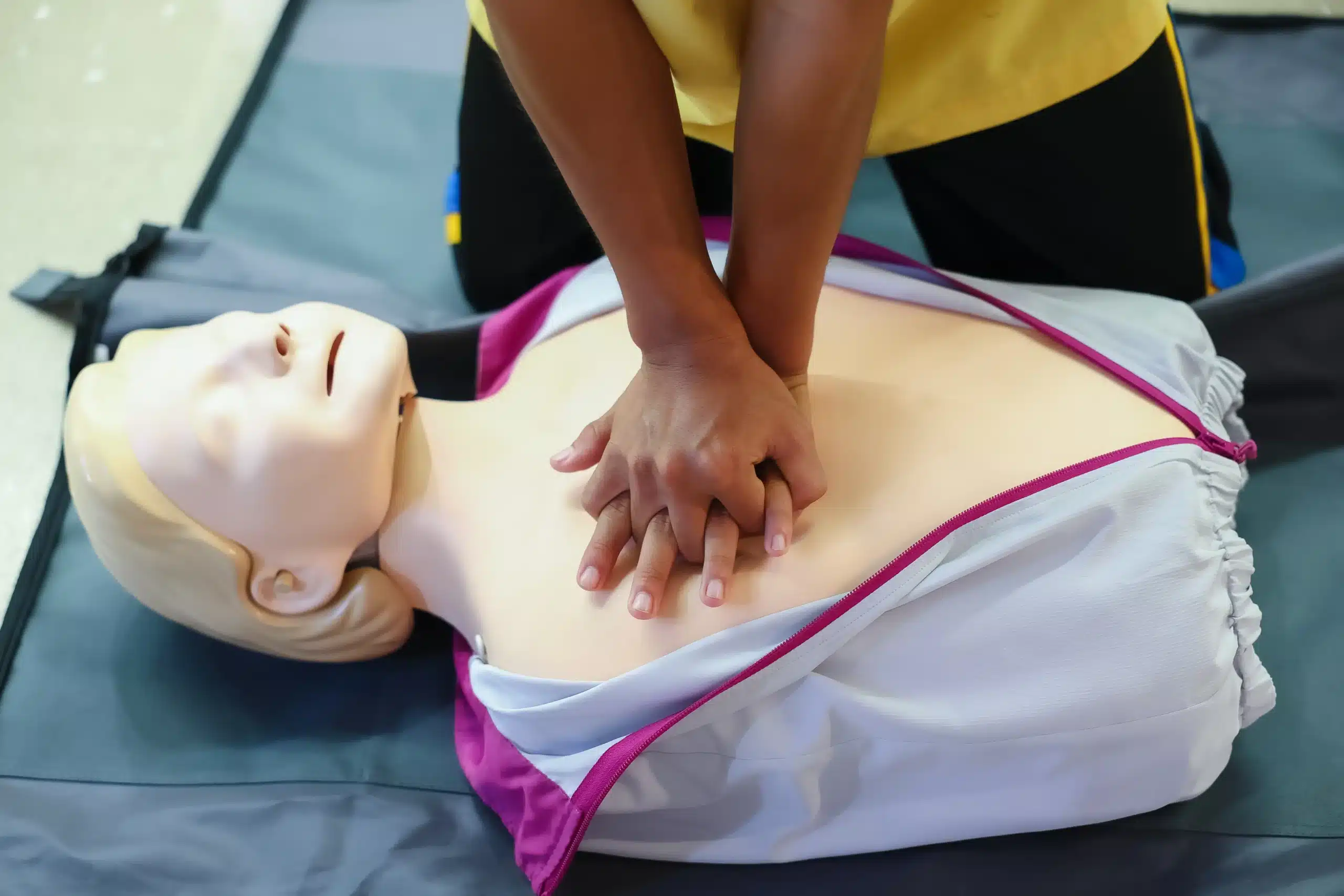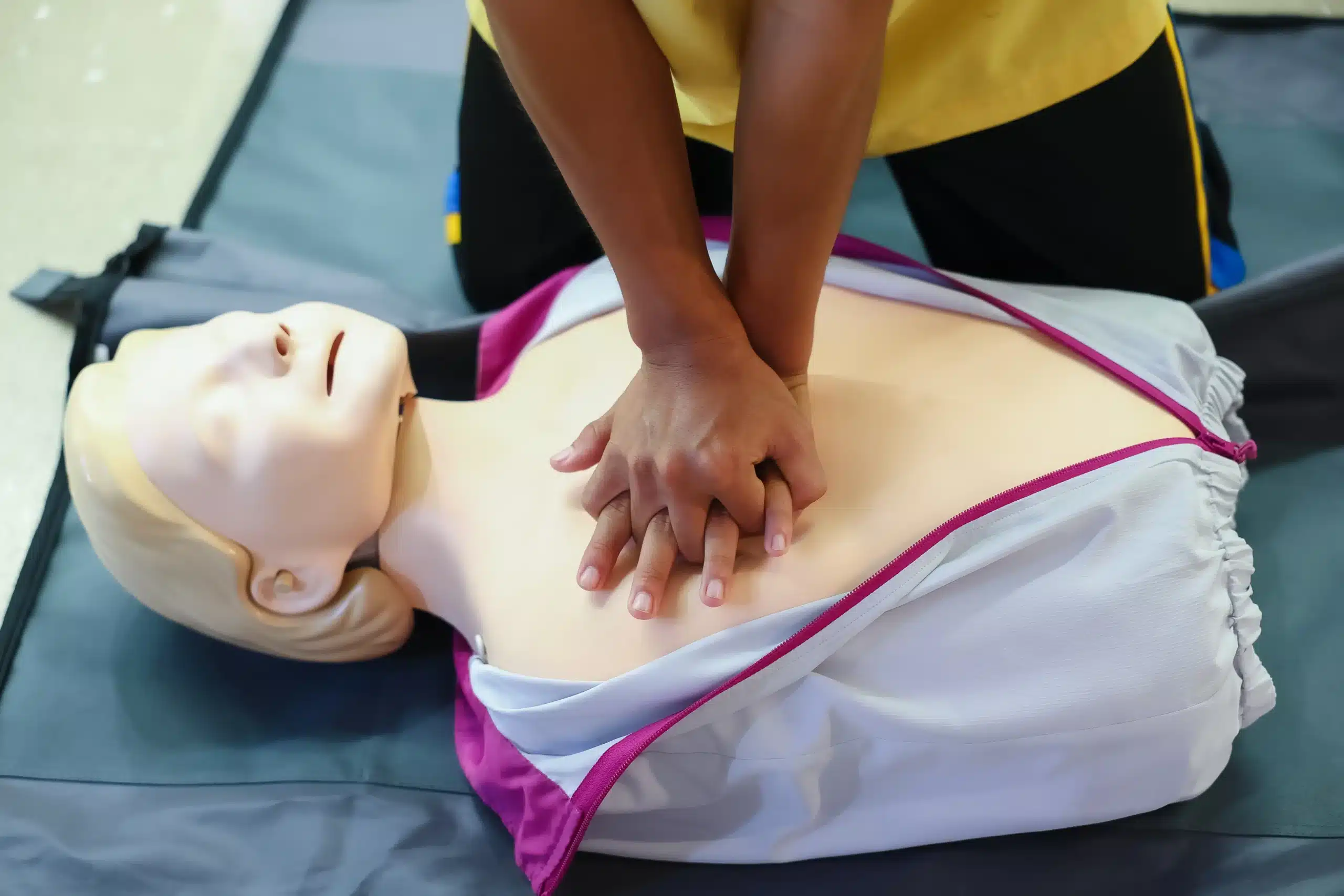In San Jose, California, a city known for its innovation and technological prowess, community health and safety remain a top priority. One of the most impactful ways to enhance public safety is through widespread cardiopulmonary resuscitation (CPR) training. Free CPR classes in San Jose give residents the skills and confidence to act swiftly in cardiac emergencies, potentially saving lives. This article explores the availability, importance, and impact of free CPR classes in San Jose, highlighting key providers and their contributions to community health.
The Importance of CPR Training
Cardiac arrest is a leading cause of death in the United States. According to the American Heart Association (AHA), over 350,000 out-of-hospital cardiac arrests occur annually in the U.S., with a survival rate of less than 12%. Immediate bystander CPR can double or triple the chances of survival. Therefore, equipping the public with CPR skills is crucial for improving survival rates and outcomes.
Providers of Free CPR Classes in San Jose
Several organizations in San Jose are dedicated to offering free CPR training to the community. These programs are designed to be accessible to all, ensuring that everyone can learn this lifesaving skill regardless of their financial situation.
1. American Red Cross
The American Red Cross is a prominent provider of CPR training nationwide, including in San Jose. While they often charge for certification, they also periodically offer free community classes. These sessions cover the basics of CPR, automated external defibrillator (AED) use, and first aid. The Red Cross often partners with local organizations and community centers to deliver these classes, ensuring broad accessibility (American Red Cross) (University of Houston).
2. American Heart Association (AHA)
The American Heart Association offers various CPR training programs, some of which are free or subsidized through community grants and partnerships. The AHA’s Hands-Only CPR program is particularly popular, focusing on chest compressions without mouth-to-mouth resuscitation, which is easier for bystanders to perform. These classes are often held in public spaces, schools, and workplaces to maximize reach and convenience (cpr.heart.org) (cpr.heart.org).
3. Santa Clara County Fire Department
The Santa Clara County Fire Department provides free CPR and AED training to residents of San Jose and surrounding areas. These classes are typically held at fire stations and community centers, offering hands-on practice with manikins and AEDs. The fire department’s outreach efforts ensure that a significant portion of the population receives essential emergency response training (University of Houston).
Structure and Content of Free CPR Classes
Free CPR classes in San Jose typically cover the following components:
- Introduction to CPR: Understanding the importance of CPR and how it can save lives.
- Chest Compressions: Learning the correct technique for chest compressions, including depth, rate, and hand placement.
- Rescue Breaths: Students learn how to give effective rescue breaths for classes that include traditional CPR.
- Use of AEDs: Training on how to operate an AED, including safety precautions and step-by-step instructions.
- Scenario-Based Practice: Participants practice their skills on manikins in simulated emergency scenarios to build confidence and proficiency.
Classes are typically 1-2 hours long, providing ample time for instruction and hands-on practice. Participants often receive a certificate of completion, although formal certification might require additional steps and fees.
Impact on Community Health
Free CPR classes have a profound impact on community health in several ways:
Increased Survival Rates
By training more people in CPR, San Jose can increase the likelihood that a bystander can provide immediate assistance during a cardiac arrest. This rapid response is critical for maintaining blood flow to vital organs until professional help arrives, significantly improving the chances of survival.
Empowerment and Confidence
Learning CPR empowers individuals to take action in emergencies. This confidence can make a substantial difference in critical situations, where hesitation can be the difference between life and death. Knowing how to perform CPR assures community members that they can help save a life.
Community Resilience
Widespread CPR training contributes to a community’s overall resilience. In times of crisis, a well-prepared population can respond more effectively, reducing the burden on emergency services and improving outcomes for cardiac arrest victims.
Promotion of Public Health Awareness
Offering free CPR classes also promotes broader public health awareness. Participants often become advocates for CPR training, encouraging friends, family, and colleagues to learn these essential skills. This grassroots approach helps to spread knowledge and preparedness throughout the community.
Challenges and Future Directions
While free CPR classes are highly beneficial, they face challenges such as funding, outreach, and maintaining engagement. Ongoing support from government agencies, private organizations, and community groups is essential to address these issues. Additionally, leveraging technology through online training modules and mobile applications can complement in-person training, making it even more accessible.
Looking to the future, initiatives like integrating CPR training into school curriculums and mandatory training for certain professions can further enhance community preparedness. Continuous research and updates to CPR guidelines ensure that training remains effective and reflects the latest medical advancements.
Health Pro’s Verdict:
Free CPR classes in San Jose, CA, enhance public safety and health. Through the efforts of organizations like the American Red Cross, American Heart Association, & Santa Clara County Fire Department, residents are equipped with the knowledge and skills to respond to cardiac emergencies effectively. These programs save lives and foster a culture of preparedness and resilience within the community.
As San Jose continues to grow and evolve, the commitment to providing accessible CPR training will remain a cornerstone of its public health strategy. The city can ensure a safer and healthier future for all its residents by empowering individuals with lifesaving skills.
